Demo’s Cumbungi-lined channel of choice for the 2017 winter. Photo: Mark Robb
We have six key messages from winter in this update.
1. Demo has been using a Cumbungi-lined channel in Coleambally for almost three months now. It’s about 12 km from where we caught him in summer. And just yesterday, we received a sighting of five bitterns at another Coleambally rice farm, also using a Cumbungi-lined channel. Once again, this highlights the habitat value of agricultural wetlands, the multi-functional role of irrigation infrastructure and the fact that some bitterns stay local between rice seasons, seeking out wetland habitats. There’s never been a better reason to keep some Cumbungi in irrigation channels.
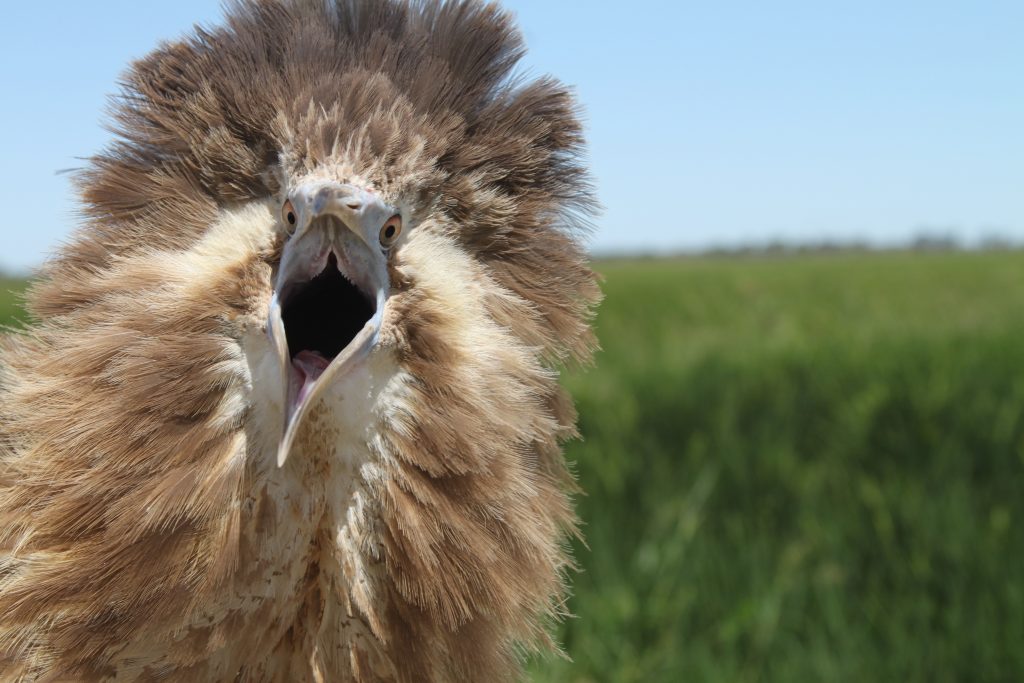 Demo back in his summer breeding territory when we caught him.
Demo back in his summer breeding territory when we caught him.
2. MILo remains at Coomonderry Swamp near Shoalhaven Heads. It’s been almost four months now and as the weather warms up we’re anticipating his 600 km return flight to the Deniliquin rice farm where we caught him in summer. Coomonderry Swamp is exceedingly valuable. At 670 hectares, it’s the largest semi-permanent, freshwater wetland on the New South Wales coast. Part of it is gazetted as a nature reserve but the main areas that MILo has been using are on private land. It seems highly unlikely that he is alone or the only bittern there from the Riverina. Last month, we visited Coomonderry and informed local landholders about their special guest. There was much interest in this seemingly unlikely connection between the Shoalhaven and the Riverina. Here’s a short clip of his habitat:
Coomonderry Swamp NSW, home to MILo The Bittern
 Coomonderry Swamp and MILo highlight the value of coastal wetlands to bitterns.
Coomonderry Swamp and MILo highlight the value of coastal wetlands to bitterns.
3. Coly-Lion caused a buzz again last week. Well, at least we think it’s him. The news comes from seasoned bittern spotters, Cam Brown and Jess Durant, at Tootgarook Swamp on the Mornington Peninsula near Melbourne. They photographed one of our satellite tracked bitterns but because it’s a bird whose transmitter has ceased working, we’re awaiting confirmation of the band colour to figure it out.
4. Sustainable Rice Platform: Sustainability in rice farming is a key global issue. Rice fields cover over 160 million hectares and provide half of world’s population with their daily staple. Have you heard of the Sustainable Rice Platform? Check it out: http://www.sustainablerice.org/ It’s a global initiative established by the UN and IRRI. It promotes best practice in areas such as water use efficiency, pesticide minimisation, improving productivity and livelihoods, greenhouse gas reduction, and biodiversity conservation. Last week we contributed to the standards and performance revision workshop in Bali, thanks to the support of Charles Darwin University. Some of the key challenges surround the trade-offs. For example, what saves water may be bad news for saving wildlife.
Bali’s Subak World Heritage sites were inspiring. This is a rice irrigation system dating back to the 9th century. Subak is also a cooperative social system of 1200 collectives with 50-400 rice farmers each. It’s deeply embedded in nature and local culture. Here, farmers still grow traditional Balinese rice without fertilisers or pesticides. The landscape is considered sacred. Temples abound. There’s plenty of Javan pond-herons too. They love the early part of the season. This rice is planted, weeded and harvested by hand. It’s hard work and profits are low. People seem happy but modernity beckons. For better or worse, some fear this ancient tradition may fade. It’s an amazing system across stunning landscapes.
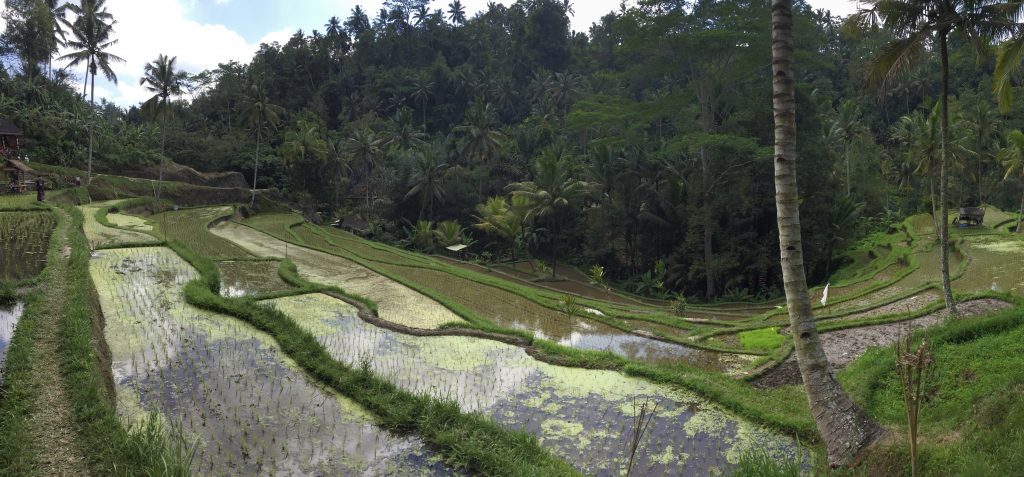
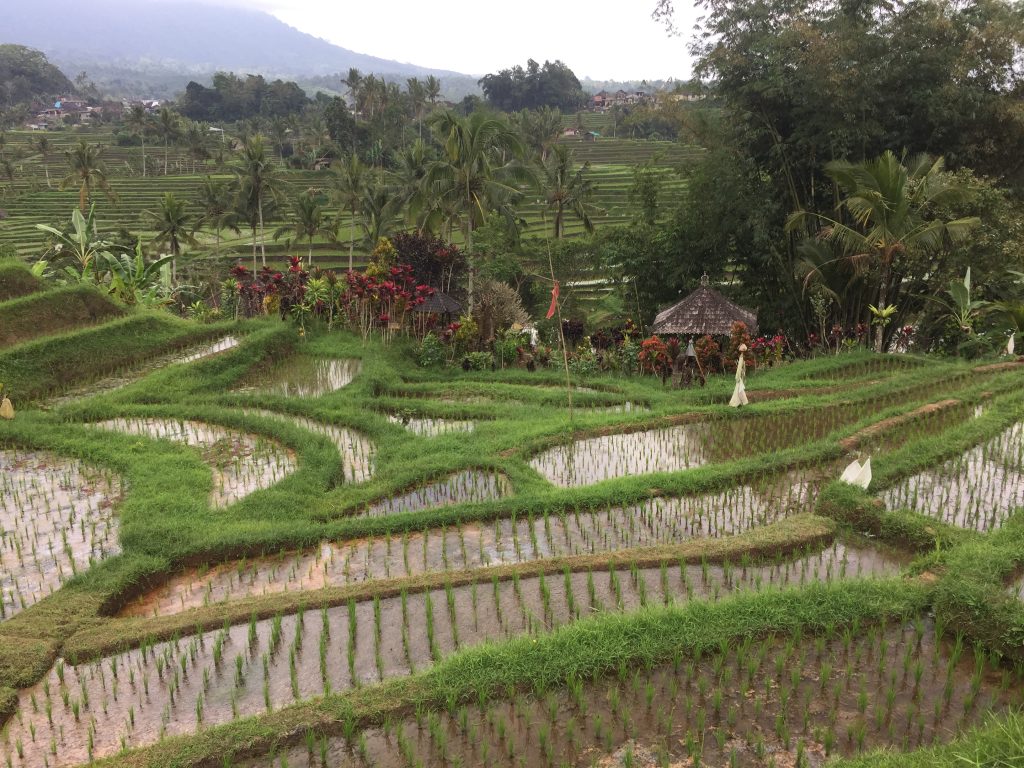
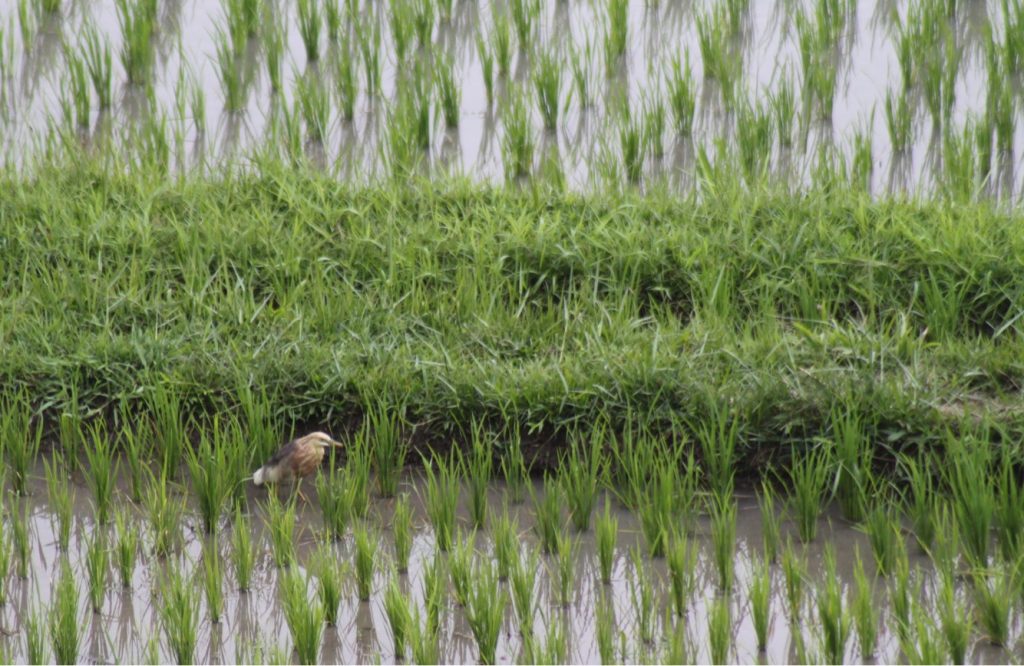
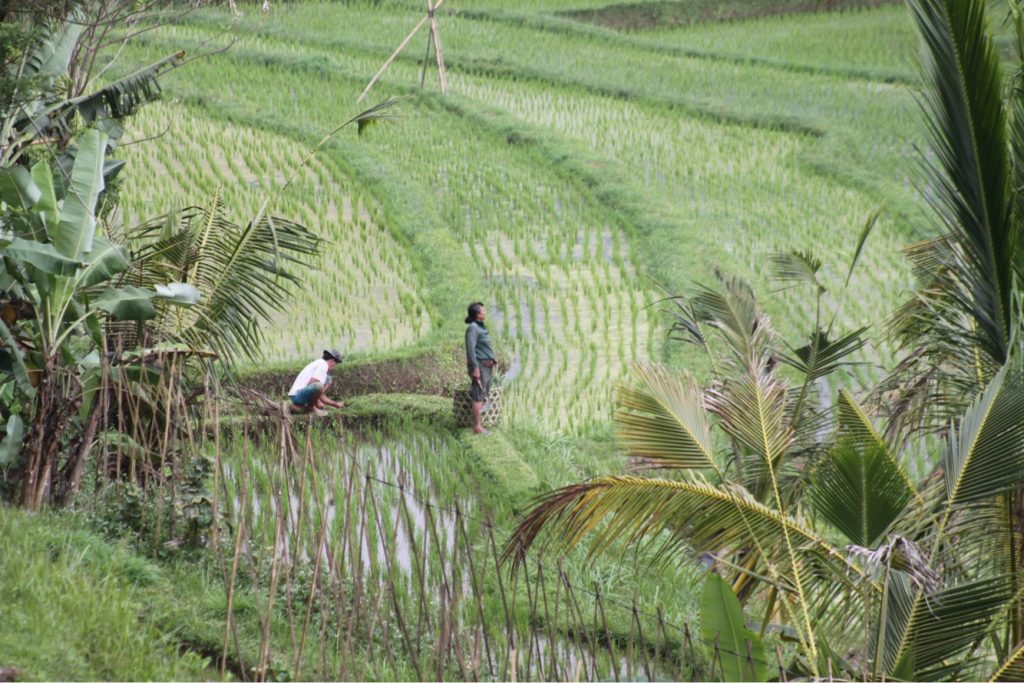
5. A selection of recent media featuring our work:
The Irrigator:
“Riverina’s rice harvest has concluded for another year, but “tonnes per hectare” is not the only measure gaining attention.
Rice growers and conservationists have been working together to maximise the yield of young bitterns.”
The Australian:
In the early days of our project, there was a bunch of rice growers that were central in us gaining serious momentum and John Hand was one of them. Here’s his story.
North-Central CMA:
“In the past five years, there have been fewer than 10 Australian wetlands known to have supported 16 or more Australasian bitterns.”
The discovery of 16 bitterns at Lake Cullen highlights the importance of the Kerang Lakes region for waterbirds. There’s a very good chance that at least some of them are from the Riverina’s rice fields.
6. And finally, for those interested in more depth and global perspective on agriculture and biodiversity conservation, here’s some recommended reading:
First, a great article by Claire Kremen (click link below). Here’s some snippets:
“It is also urgent to understand how specific farm management practices affect species of concern, and whether practices can be adapted to favor either use of agricultural habitats, or movement through them, without negative effects on yields or livelihoods.”
“Finally, conservation organizations should continue to develop innovative programs that can support biodiversity conservation not only in natural areas but in farmlands, such as The Nature Conservancy’s Bird Returns program for migratory birds.”
How to Feed the World Without Killing the Planet?
Second, an excellent bird-friendly farming initiative by Audubon in the U.S.
Third, from last week, the session on food security and biodiversity conservation at the Resilience 2017 conference in Stockholm (click link below).
Now online: our session on food and biodiversity at Resilience 2017
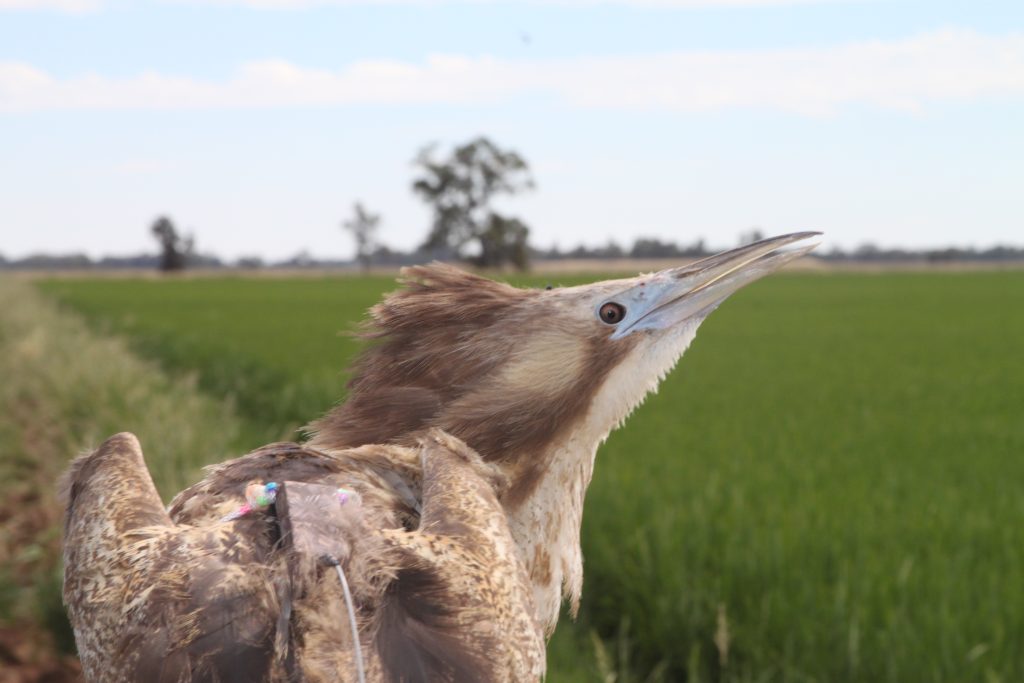 MILo was fitted with a satellite transmitter when he was in his breeding territory in a rice field in February 2017.
MILo was fitted with a satellite transmitter when he was in his breeding territory in a rice field in February 2017. 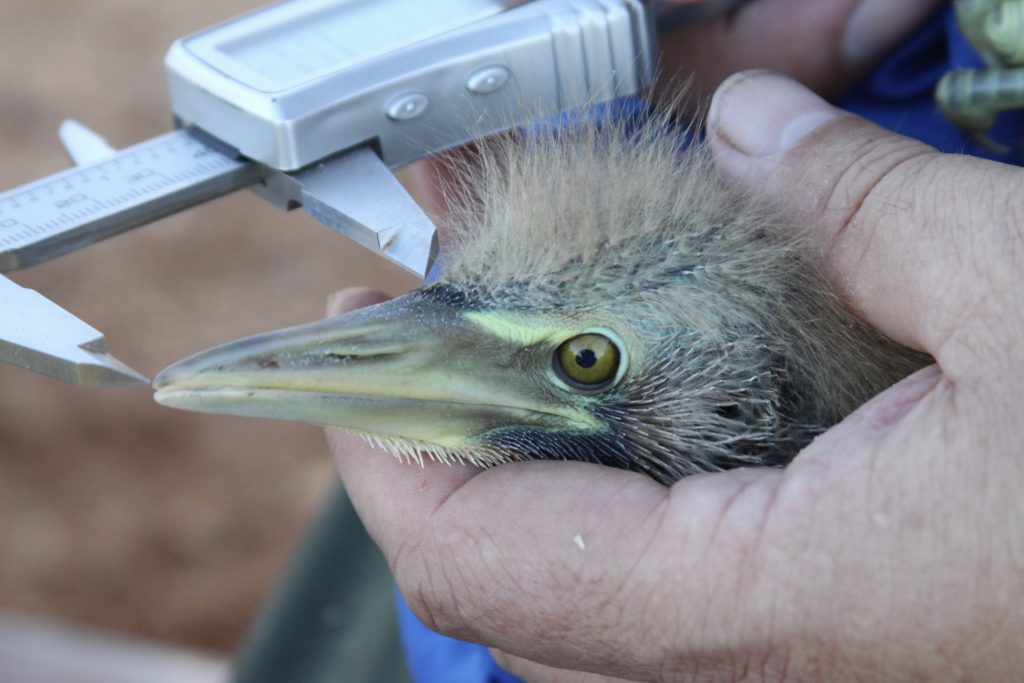 With the 2017-18 rice season now underway, bitterns will begin seeking out the crops with ‘early permanent water’. These are best for enabling successful breeding.
With the 2017-18 rice season now underway, bitterns will begin seeking out the crops with ‘early permanent water’. These are best for enabling successful breeding.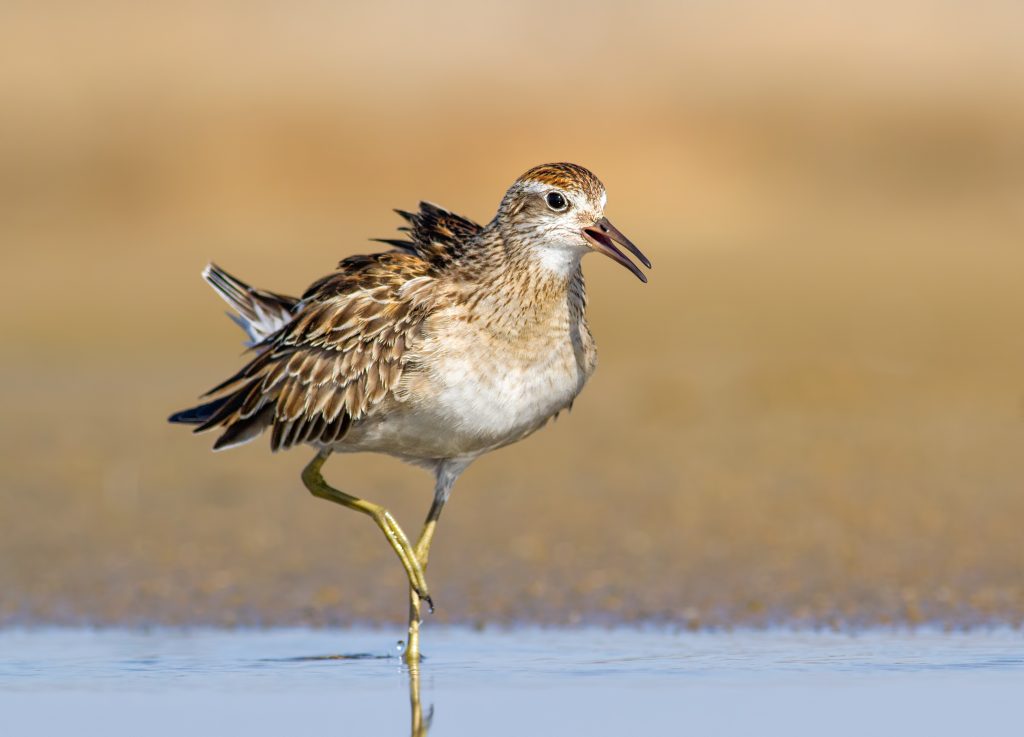 Sharp-tailed Sandpipers prefer the early part of rice season. Photo by Duade Paton: http://www.photos.duadepaton.com
Sharp-tailed Sandpipers prefer the early part of rice season. Photo by Duade Paton: http://www.photos.duadepaton.com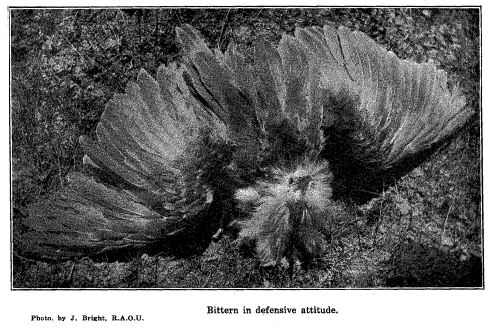
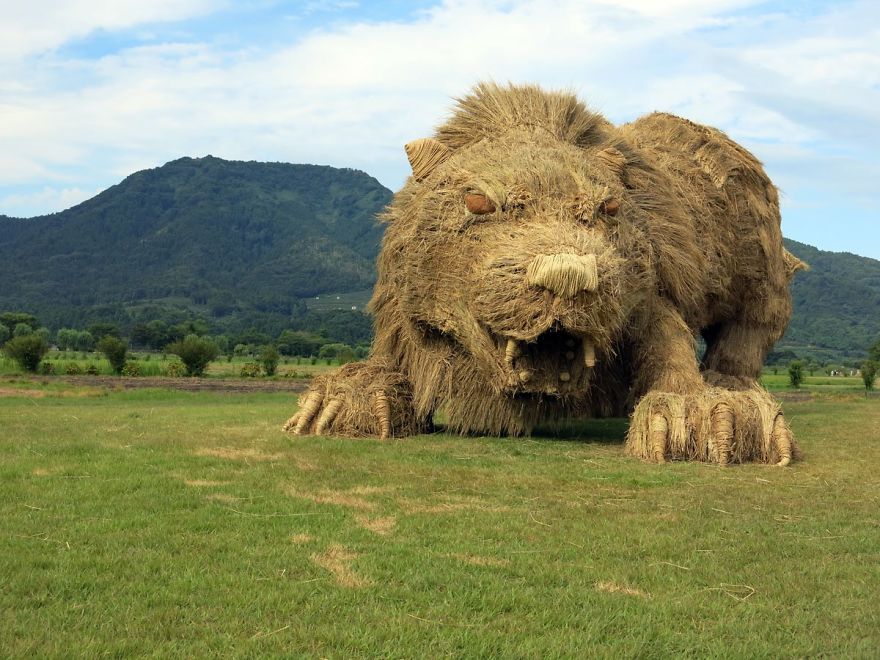
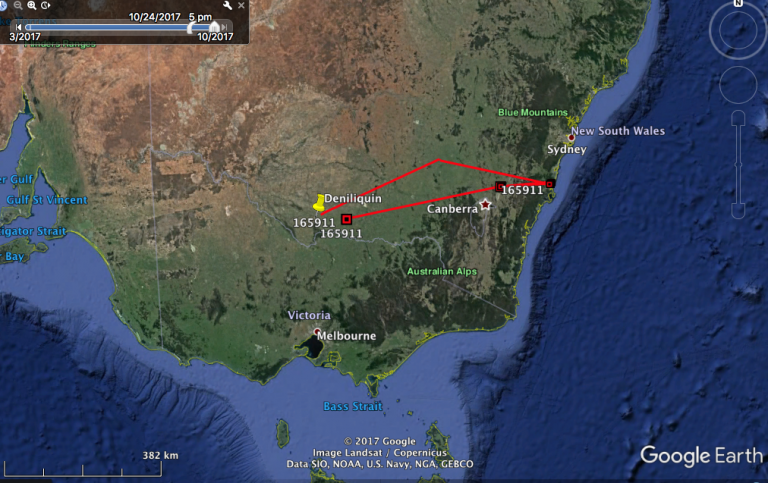
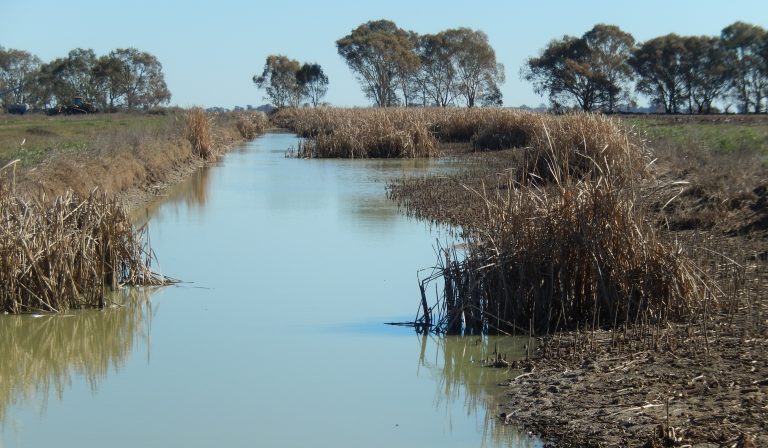
 Demo back in his summer breeding territory when we caught him.
Demo back in his summer breeding territory when we caught him. Coomonderry Swamp and MILo highlight the value of coastal wetlands to bitterns.
Coomonderry Swamp and MILo highlight the value of coastal wetlands to bitterns.


